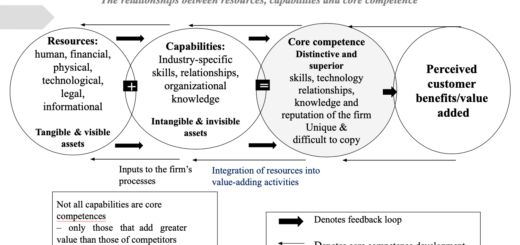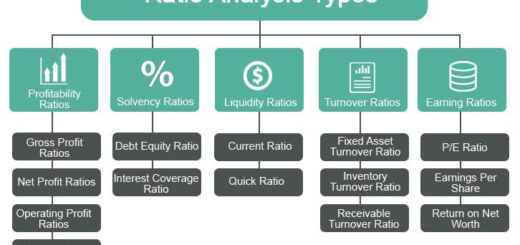Level of Strategy
Strategy can be divided into different levels, each of which focuses on a different aspect of the organization:
- Corporate level strategy: Corporate level strategy deals with the overall direction of the organization and the allocation of resources across its different business units or divisions. It defines the organization’s vision, mission, and objectives and guides decision making on issues such as mergers and acquisitions, divestitures, and portfolio management.
- Business level strategy: Business level strategy focuses on the competitive position of an individual business unit or division. It deals with issues such as market positioning, product development, and competitive advantage. Business level strategy helps organizations to compete effectively in their target markets and to create value for their customers.
- Functional level strategy: Functional level strategy deals with the specific activities and processes within an organization, such as marketing, finance, and operations. It defines how each function will support the organization’s overall strategy and achieve its goals. Functional level strategies are developed and implemented by the various departments within an organization, and they should align with the overall corporate and business level strategies.
- Operational level strategy: Operational level strategy focuses on the day-to-day operations and processes within the organization. It deals with issues such as production planning, supply chain management, and cost control. Operational level strategies help organizations to ensure that their processes are efficient and effective and that they are aligned with the organization’s overall strategy.
Each of these levels of strategy is interrelated and should be aligned to achieve the overall goals and objectives of the organization. Effective strategic management requires a holistic approach that considers the organization’s overall direction, the competitive position of its individual business units, the activities and processes that support its operations, and the day-to-day operations.




